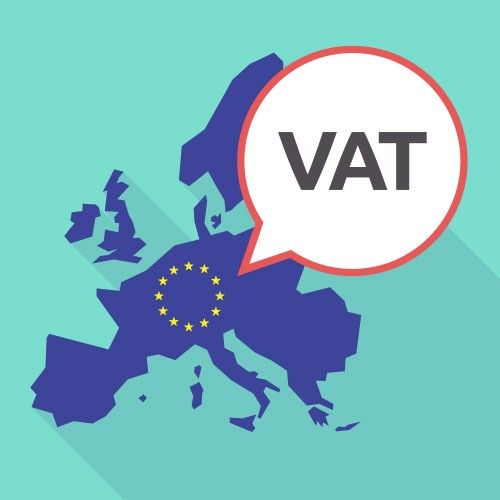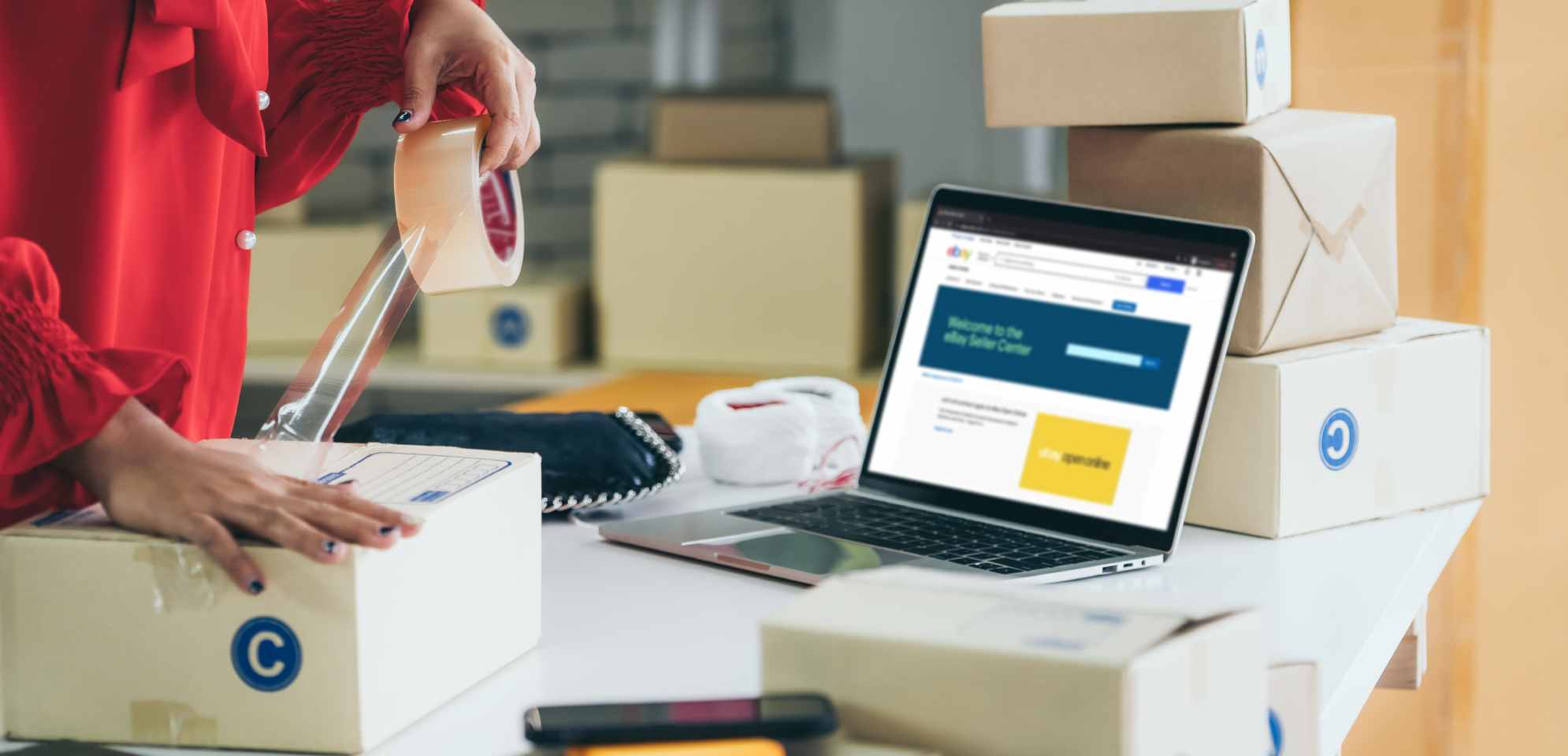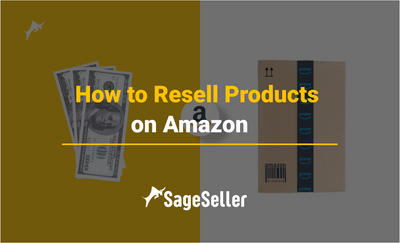Aloha, Amazon Seller!
European Union has changed VAT Tax obligations for e-commerce sellers. It is being dubbed by many as the "European E-commerce Package". Here you can learn what you need to know.
Amazon sellers are constantly looking for new options to grow their business and diversifying their sales geography. E-commerce trading is international by definition, and a lot of sellers import their Amazon goods to the European Union and other countries where Amazon has its 20 marketplaces, under the Amazon Global Selling program.
Many merchants who sell their products on Amazon, are aware of the Value-added tax but don’t know in detail, how the system works and how their sales in the different countries influence their VAT obligations.
Since Amazon undertakes to ensure that sellers on the marketplace are tax-registered and VAT-compliant, it is important to track all the changes introduced in the VAT rules for companies.
On July 1, 2021, the 27 countries of the EU have introduced new VAT rules for filing Value added tax EU, affecting the sellers paying online business taxes. In this post, we will discuss how the new rules of VAT tax in Europe affect the Pan-European Amazon sellers.
What Is VAT Tax?
VAT stands for Value Added Tax and is a type of sales tax e-commerce applied in the EU, UK, and other countries when the sellers sell outside the US. European VAT tax, any other country’s e-commerce taxes, influence the seller’s profit. It is charged regardless of the profit you make on the sale (even if you don’t make it). Amazon seller needs to charge VAT to the buyers based on the price that you sold your item to the shopper, regardless of the fees deducted by Amazon.

What Is Amazon FBA in the EU and What is VAT Tax in Europe?
Amazon FBA is set up according to three different order fulfillment solutions, where Amazon picks, packs, and ships the goods for the sellers.
#1. Pan-European FBA
When you use the Pan-European FBA solution from Amazon you store your inventory locally in the EU country where Amazon has its marketplaces. This shortens delivery times and allows to avoid cross-border delivery fees. In this case, you needed to be registered for VAT in each country before the new VAT Tax in Europe. According to the reform, the idea is to simplify tax filing with an OSS (One Stop Shop) scheme, allowing sellers to pay their VAT in a single EU country. If you have product listings on amazon.co.uk, you’ll need to pay VAT for them separately.
#2. Multi-Country Inventory
The Multi-Country Inventory (MCI) solution allows sellers to select the national marketplaces where they are selling. They don’t have to ship their inventory to warehouses in each country where they wish to sell on Amazon listing and register their VAT in there. The new changes in the Value added tax EU have affected this as well.
#3. European Fulfilment Network
The European Fulfillment Network (EFN) provides sellers with an option to store their goods in an Amazon FBA center, whereby Amazon takes care of the shipment process. For this solution, sellers have to be VAT-registered in the country of the Amazon FBA center, and the buyers will be charged additional shipping fees for the delivery to other countries in the EU.
How the EU VAT Taxes Change Under the New Rules?
As said, if the seller’s business is established outside the EU or UK, Amazon collects VAT on the sales of goods delivered to the shoppers in the EU or UK.
To reflect the new EU tax regulations, Amazon is:
- Delivering goods from inventory stored outside the EU in delivery with an intrinsic value of up to EUR 150; this is referred to as the Import One Stop Shop; or
- Delivering goods of any value from inventory stored in the EU where the seller is not established in the EU.
If the seller is established inside the EU, the following VAT changes to the intra-EU distance sales will be introduced:
- Distance selling thresholds will be replaced by a general tax at destination principle for all supplies of goods, which means that VAT is due in the destination EU country;
- Union One-Stop Shop (OSS) is introduced to simplify VAT reporting on sales across EU services.

What E-Commerce Sellers Need to Do to Comply with the New EU Tax Changes?
According to the new reform, there are several most important changes sellers need to be aware of.
1. Single EU VAT Return for Ecommerce Distance Selling
The first important change is that the ‘Distance Selling Threshold’ simplifications are eliminated. This is accompanied by the introduction of a single EU VAT return, One-Stop Shop.
Sellers delivering products from their home country to customers across the EU may opt to use OSS to report all of their pan-EU sales. This replaces the requirement of being VAT registered in each country once the seller has passed the relevant country distance selling threshold. This means, that some sellers can close their foreign VAT registrations. They can instead complete a quarterly OSS return for their country’s tax authority.
2. Elimination of €22 VAT Exemption and Introduction of the Import One-Stop Shop (IOSS)
With the new rules, the EUR22 VAT exemption on small goods imported into the EU is withdrawn. Instead, VAT must be charged at the point of sale for consignments not exceeding EUR150. This VAT is to be paid via an Import One Stop Shop (IOSS). Sellers from outside the EU will need to register for IOSS in one EU state to declare the VAT on any shipments below EUR150. However, sellers and marketplaces may opt to use the Special Arrangements and authorize post and customs agents to collect the import VAT on shipments below EUR150.
3. Marketplaces Become the Deemed Supplier
According to the reform, the marketplaces involved in cross-border sales to consumers via third parties become the ‘deemed supplier’ in certain cases. This puts on them the responsibilities of a VAT collector.
The EU has stated ‘facilitating’ as “electronic platforms assisting sellers and consumers to come together and strike a contract for the supply of goods on a cross-border basis”. The new deemed supplier regulation is applied when the marketplace is facilitating a B2C sale: imports not exceeding EUR150, and distance selling cross-border or domestic transactions of any value for non-EU sellers. This means, that marketplaces are responsible for charging and collecting VAT on deemed supplier transactions. However, the marketplace does not take on product liability or regulatory obligations. For imports not exceeding EUR150, instead of import VAT, the marketplace charges the buyer VAT at the point-of-sale and declares it instead of the seller.
Import VAT Reclaim
Rules regarding import VAT reclaims remain the same and the reclaim of import VAT is made on the domestic VAT return of the country of import, as it is done now.
Enjoy your sales and don’t forget about your business analytics. Keeping track of your figures is key to your account health and maximizing your profits.







